Home>Furniture & Design>Living Room Furniture>How To Put A Rug Under A Dining Table
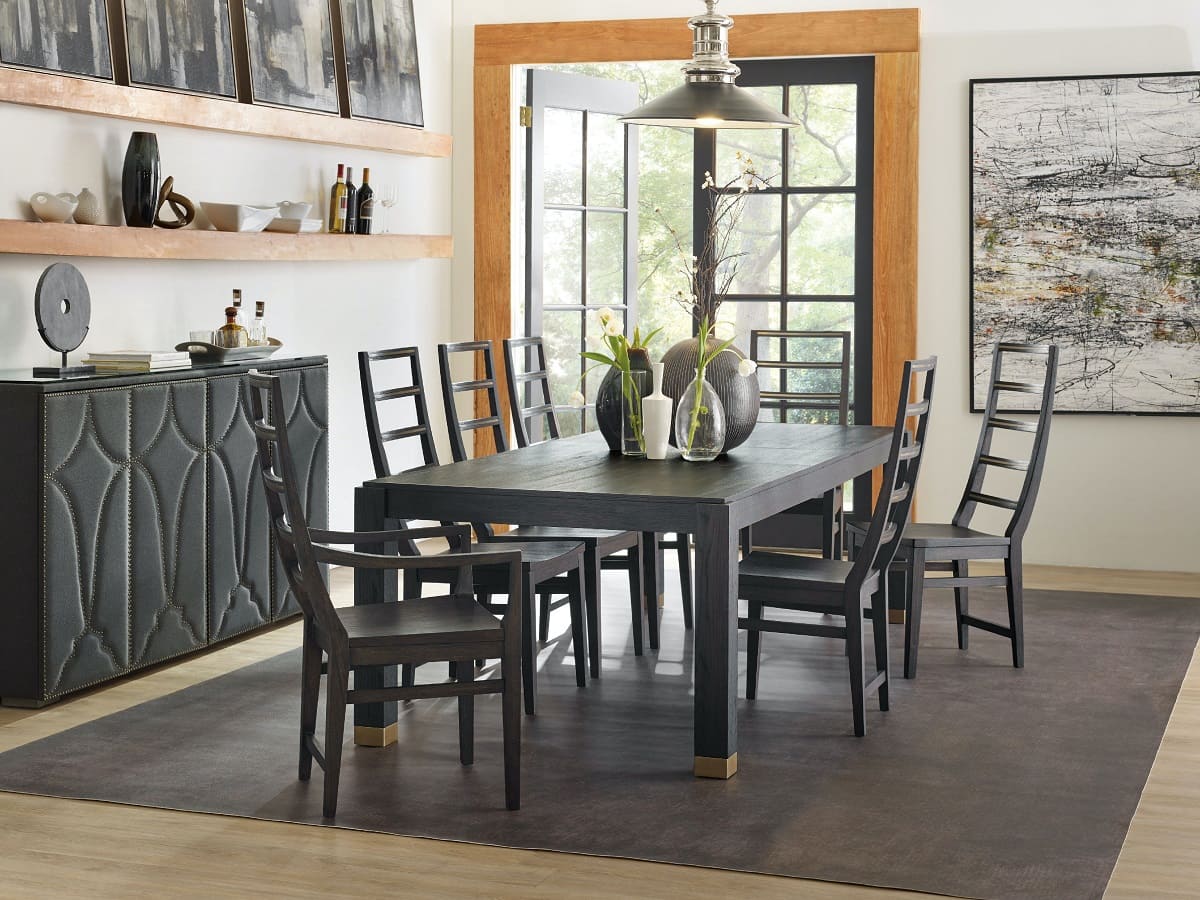

Living Room Furniture
How To Put A Rug Under A Dining Table
Modified: February 24, 2024
Discover the best way to enhance your dining area with a rug under the table. Get expert tips on choosing the perfect rug for your living room furniture and design.
(Many of the links in this article redirect to a specific reviewed product. Your purchase of these products through affiliate links helps to generate commission for Storables.com, at no extra cost. Learn more)
Introduction
Read more: What Kind Of Rug Under Dining Table?
Introduction
When it comes to enhancing the aesthetic appeal of your dining area, a well-chosen rug can work wonders. Not only does it add warmth and comfort, but it also serves as a focal point, tying the entire room together. However, incorporating a rug under a dining table involves more than just picking one that complements your décor. From selecting the right size and material to considering placement and maintenance, there are several crucial factors to keep in mind. In this comprehensive guide, we'll delve into the nuances of choosing and placing a rug under a dining table, ensuring that you make an informed decision that elevates both the visual appeal and functionality of your space. So, let's embark on this journey to discover the art of harmoniously integrating a rug into your dining area.
Key Takeaways:
- Choose a rug that’s big enough to fit your dining table and chairs comfortably, and make sure it matches the shape of the table for a balanced and cohesive look.
- Pick a rug material that can handle spills and high foot traffic, like polypropylene or wool, and remember to vacuum regularly and rotate the rug to keep it looking great.
Choosing the Right Rug Size
When it comes to selecting a rug for your dining area, size plays a pivotal role in achieving a harmonious and balanced look. The ideal rug size is determined by the dimensions of your dining table and the room itself. Here are some key considerations to help you choose the right rug size:
- Dining Table Dimensions: The rug should extend beyond the chairs, even when they are pulled out for seating. A good rule of thumb is to allow at least 24 inches of extra rug space on all sides of the table to accommodate the chairs comfortably. This ensures that the chairs remain on the rug, both when pushed in and pulled out, creating a cohesive and visually appealing arrangement.
- Room Size: Take into account the overall dimensions of the dining area. A large room can accommodate a larger rug, while a smaller space may require a more modest-sized rug. The goal is to strike a balance, ensuring that the rug complements the room without overwhelming or underwhelming the space.
- Shape: The shape of the rug should mirror the shape of the table. For a rectangular table, opt for a rectangular rug. Similarly, a round table calls for a round or square rug. This creates a sense of symmetry and cohesion, enhancing the visual appeal of the dining area.
- Consider the Surroundings: Take into account the surrounding furniture and architectural elements. Ensure that the rug size and shape harmonize with the overall layout of the room, creating a seamless and integrated look.
By carefully considering these factors, you can select a rug size that not only fits the practical requirements of your dining area but also enriches the visual appeal of the space, creating a cohesive and inviting ambiance for gatherings and meals.
Selecting the Right Rug Material
Choosing the appropriate rug material for your dining area is crucial, as it directly impacts the rug’s durability, ease of maintenance, and overall aesthetic. Considering the potential for spills and high foot traffic in the dining space, selecting a material that can withstand these challenges is paramount. Here are some popular rug materials to consider:
- Polypropylene: Also known as olefin, polypropylene rugs are a practical choice for dining areas due to their stain-resistant and easy-to-clean nature. These rugs are durable and can withstand heavy foot traffic, making them an ideal option for families and entertaining spaces.
- Wool: Wool rugs offer a luxurious feel and are naturally resistant to stains and soiling. They also have the added benefit of being flame-resistant and have excellent durability, making them suitable for dining areas where spills and frequent use are common.
- Nylon: Nylon rugs are known for their resilience and ability to maintain their appearance, even in high-traffic areas. They are stain-resistant and easy to clean, making them a practical and versatile choice for dining spaces.
- Polyester: Polyester rugs are prized for their softness and vibrant color options. They are also naturally stain-resistant and easy to maintain, making them an excellent choice for dining areas where comfort and visual appeal are desired.
- Natural Fibers: Rugs made from natural fibers such as jute, sisal, or seagrass add a touch of organic elegance to the dining area. While these materials may be more prone to staining, they are an excellent choice for low-traffic dining spaces and can contribute to a warm and inviting ambiance.
By carefully considering the characteristics of each material and evaluating your specific needs, you can select a rug material that aligns with your lifestyle, design preferences, and maintenance requirements. Ultimately, choosing the right rug material ensures that your dining area remains both stylish and functional, with a rug that withstands the demands of daily use.
Rug Placement
Once you’ve chosen the right rug size and material, the next crucial step is to determine the optimal placement of the rug in relation to the dining table and surrounding furniture. Proper rug placement can significantly impact the visual appeal and functionality of the dining area. Here are essential considerations for rug placement:
- Under the Table: The rug should be centered under the dining table, ensuring that it extends beyond the chairs when they are pulled out. This creates a visually cohesive and balanced look while providing a comfortable and defined space for each diner.
- Allowing Space: Leave ample space between the rug and the walls to create a well-defined dining area. Ideally, there should be at least 18-24 inches of bare floor between the rug and the walls, allowing the rug to frame the dining space without overwhelming it.
- Room Shape: Consider the shape of the room when placing the rug. In a square or rectangular room, align the rug parallel to the walls to create a sense of symmetry. In round or irregularly shaped rooms, ensure that the rug is centered to maintain visual balance.
- Consistent Borders: Maintain consistent borders around the rug. Ensure that the exposed floor space around the rug is uniform on all sides, creating a balanced and visually appealing transition between the rug and the surrounding floor.
- Size Proportions: The rug should be proportionate to the dining table and the room. It should neither dwarf the table nor appear lost in the space. Striking the right balance in size creates a harmonious and inviting dining area.
By carefully considering these placement guidelines, you can ensure that the rug becomes an integral part of the dining area, enhancing the overall aesthetic while providing a practical and comfortable foundation for your dining space.
When placing a rug under a dining table, make sure it is large enough for all chairs to remain on the rug when pulled out. Aim for at least 24 inches of rug extending from the edge of the table on all sides for a balanced look.
Maintenance and Cleaning
Proper maintenance and regular cleaning are essential for preserving the beauty and longevity of your dining area rug. Given the potential for spills and high foot traffic, implementing a maintenance routine will help keep your rug looking its best while ensuring a healthy and hygienic dining environment. Here are some valuable tips for maintaining and cleaning your dining area rug:
- Vacuuming: Regular vacuuming is crucial for removing dirt, debris, and food particles from the rug’s surface. Use a vacuum cleaner with a brush attachment to gently clean the rug, paying special attention to high-traffic areas and underneath the dining table.
- Spot Cleaning: Promptly attend to spills and stains to prevent them from setting into the rug fibers. Blot the affected area with a clean cloth or paper towel to absorb the spill, then use a mild detergent and water solution to gently clean the spot. Avoid rubbing vigorously, as this can spread the stain and damage the rug fibers.
- Professional Cleaning: Consider professional rug cleaning at least once a year, especially for heavily used dining area rugs. Professional cleaners have the expertise and equipment to deep clean and revitalize the rug, ensuring that it remains in top condition for years to come.
- Rotating the Rug: To promote even wear and prevent uneven fading, rotate the rug periodically. This is particularly important in dining areas where specific areas of the rug may experience more foot traffic than others.
- Protective Measures: Consider using rug pads to provide an extra layer of protection for your dining area rug. Rug pads not only prevent slipping and sliding but also help extend the life of the rug by reducing friction and providing cushioning.
By incorporating these maintenance practices into your routine, you can ensure that your dining area rug remains a beautiful and functional element of your home. A well-maintained rug not only enhances the visual appeal of the dining space but also contributes to a clean and inviting atmosphere for family meals and entertaining.
Conclusion
Integrating a rug into your dining area is a transformative design choice that can elevate the ambiance and functionality of the space. By carefully considering factors such as rug size, material, placement, and maintenance, you can ensure that your dining area rug not only enhances the visual appeal of the room but also withstands the demands of daily use. The right rug has the potential to tie together the various elements of your dining area, creating a cohesive and inviting environment for meals, gatherings, and everyday living.
Choosing the right rug size involves striking a balance between accommodating the dining table and chairs while harmonizing with the room’s dimensions. Selecting the appropriate rug material is essential for durability, maintenance, and style, ensuring that the rug complements your lifestyle and design preferences. When it comes to placement, proper positioning under the dining table and within the room creates a visually balanced and comfortable dining space.
Furthermore, implementing a maintenance routine and adhering to proper cleaning practices are essential for preserving the rug’s beauty and longevity. By incorporating regular vacuuming, spot cleaning, and professional maintenance, you can extend the life of your dining area rug and keep it looking its best for years to come.
Ultimately, a well-chosen and well-maintained rug under your dining table can serve as a unifying element, adding warmth, style, and comfort to the heart of your home. Whether you opt for a durable and stain-resistant material or a luxurious and inviting texture, the right rug has the power to transform your dining area into a welcoming and visually captivating space. Embrace the art of selecting, placing, and caring for a rug in your dining area, and witness the remarkable impact it can have on your home’s overall aesthetic and livability.
So, let your dining area rug be a testament to your style and practicality, creating a space where both functionality and beauty converge seamlessly, enriching your daily experiences and special gatherings alike.
Frequently Asked Questions about How To Put A Rug Under A Dining Table
Was this page helpful?
At Storables.com, we guarantee accurate and reliable information. Our content, validated by Expert Board Contributors, is crafted following stringent Editorial Policies. We're committed to providing you with well-researched, expert-backed insights for all your informational needs.
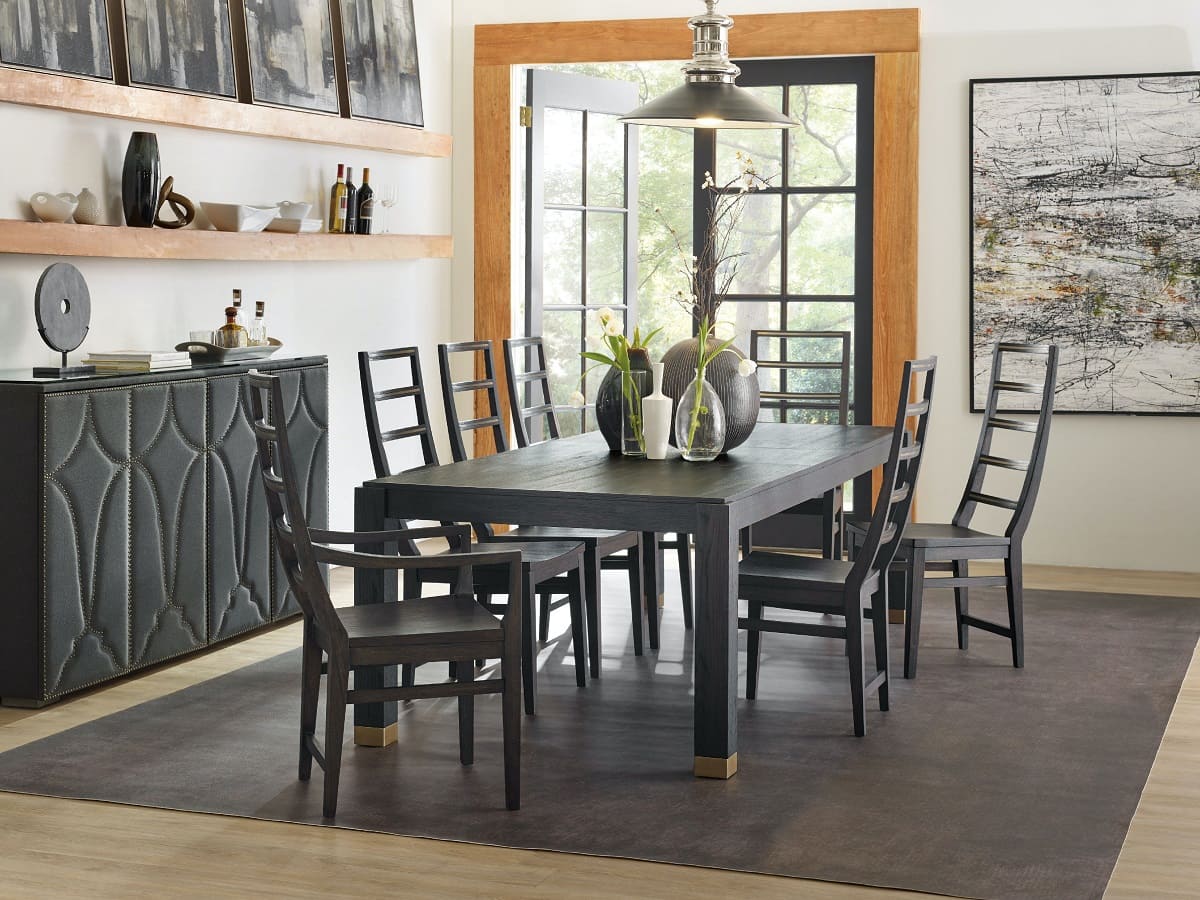
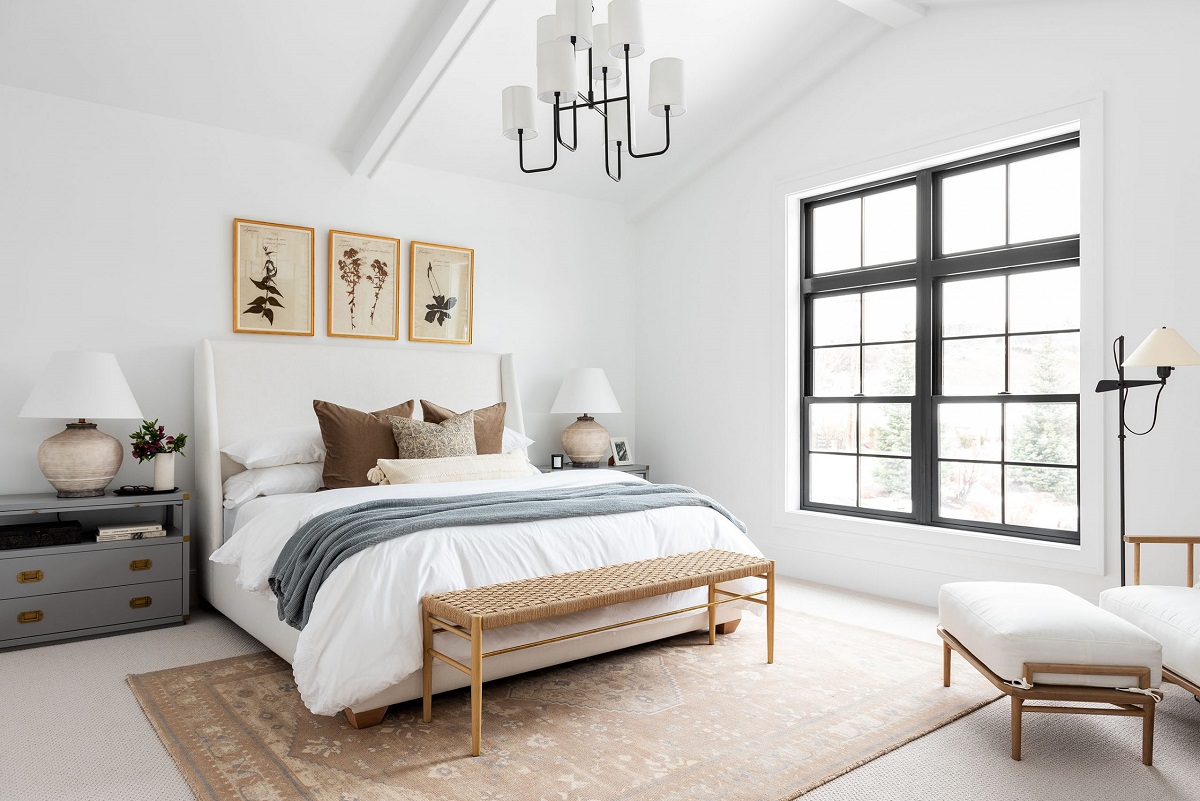
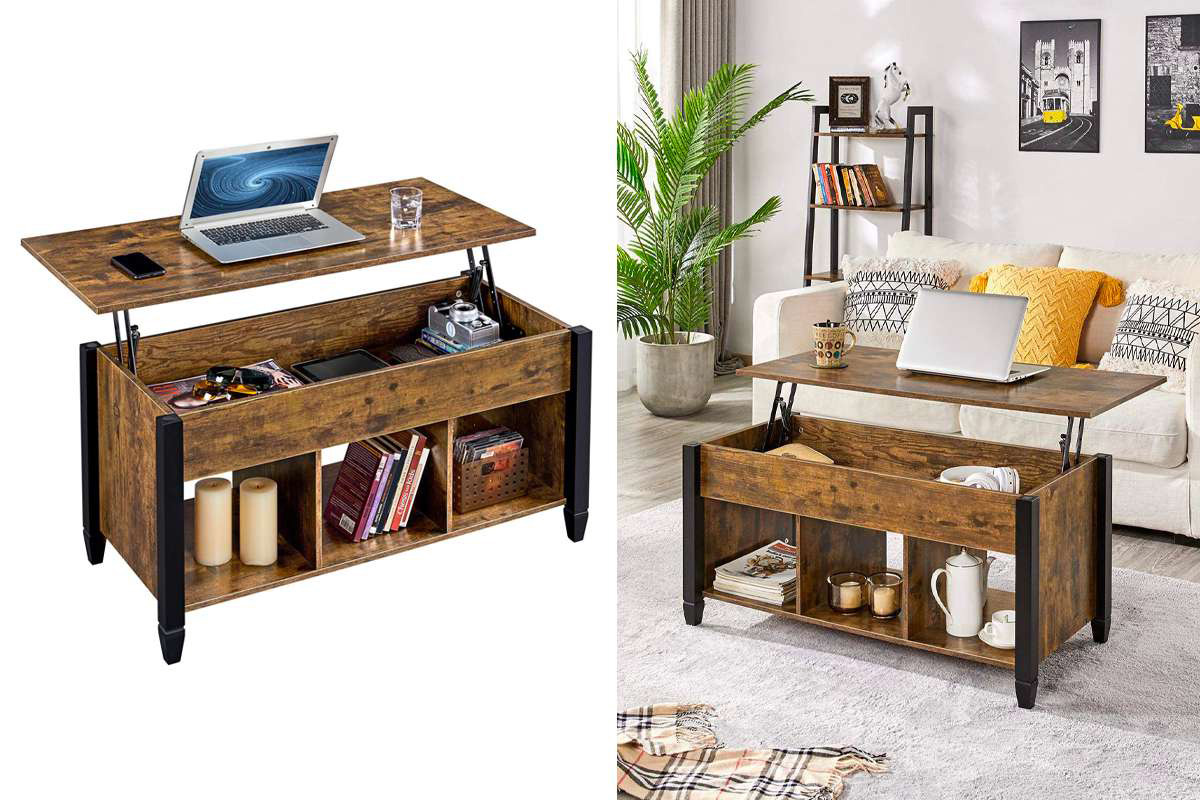
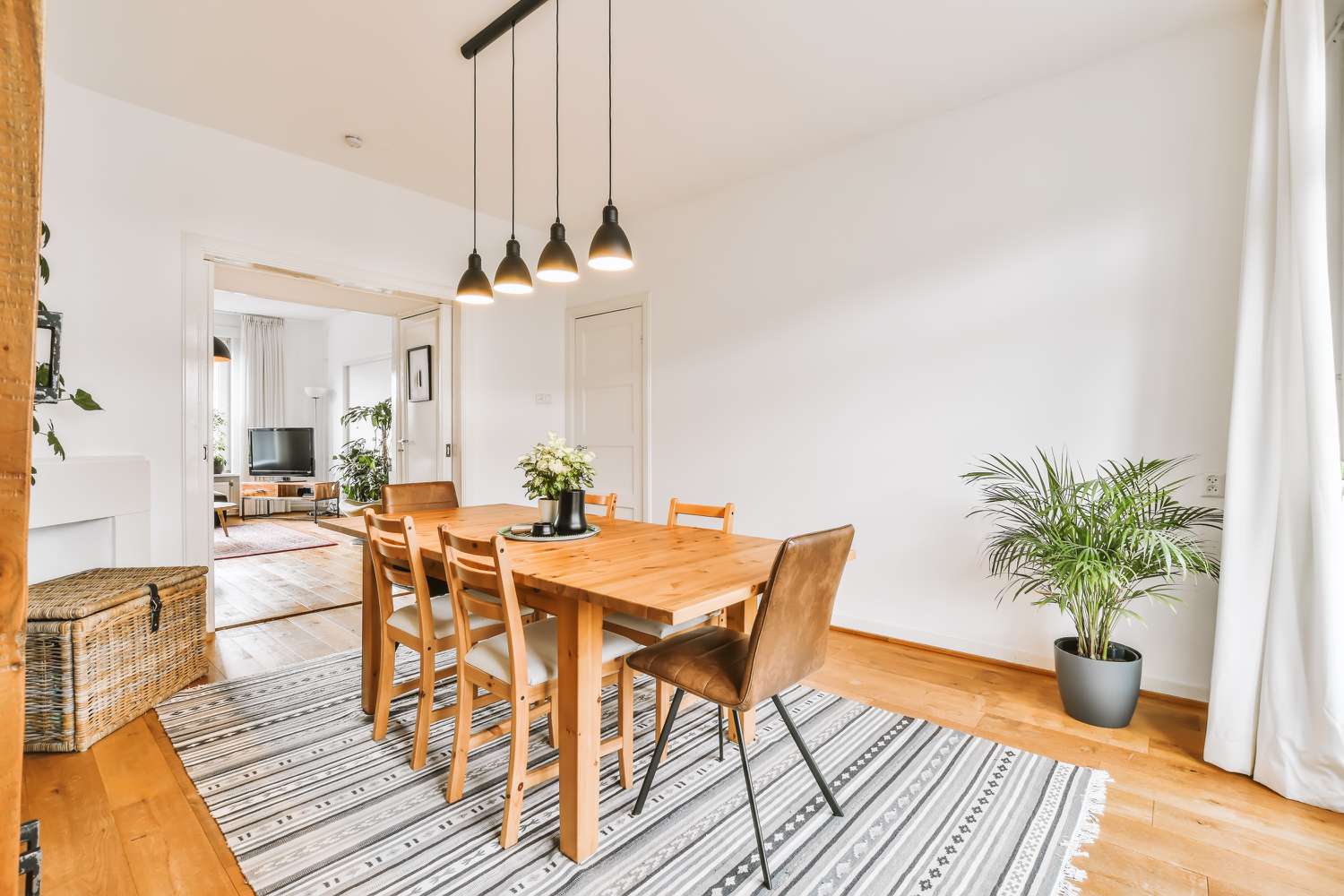
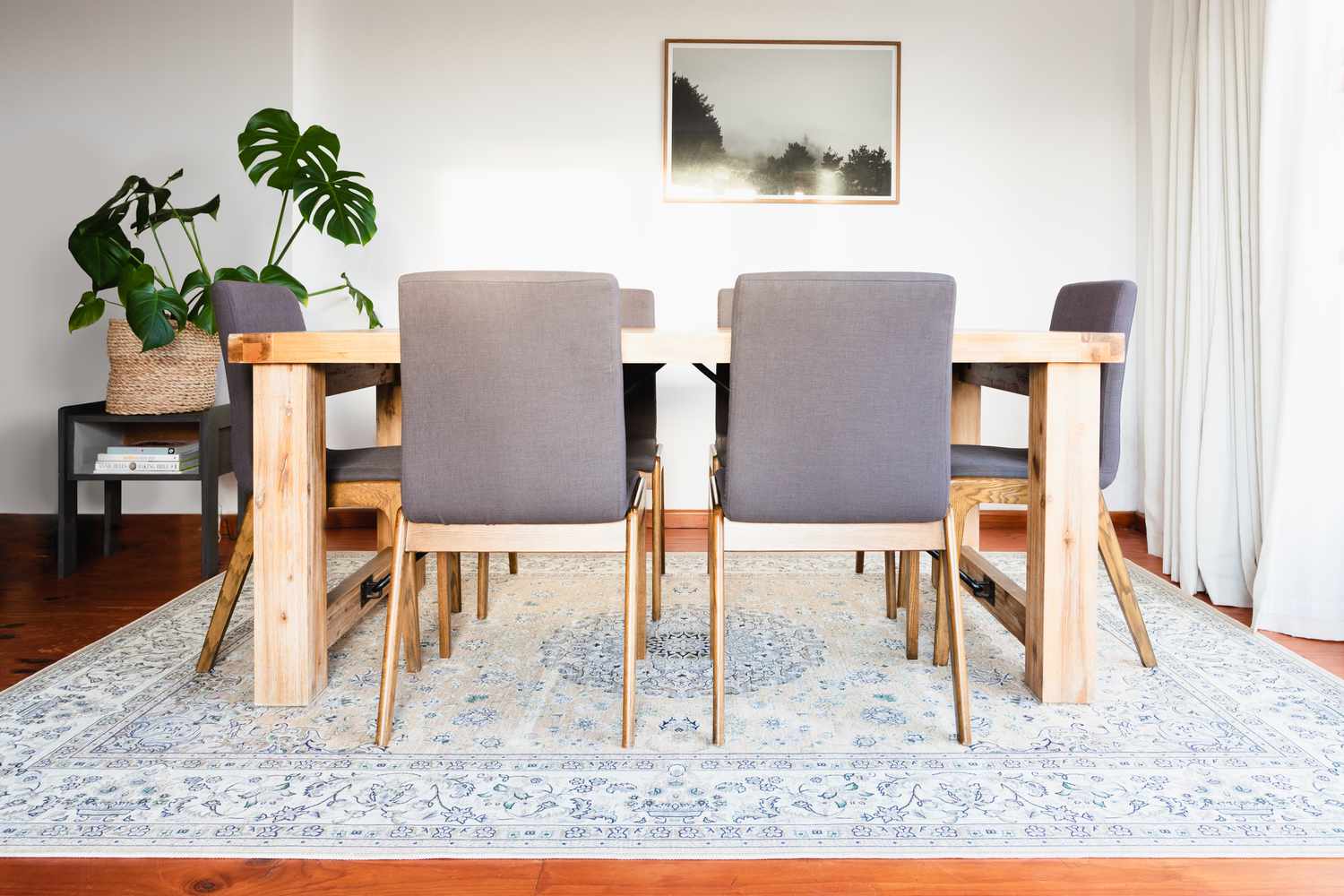
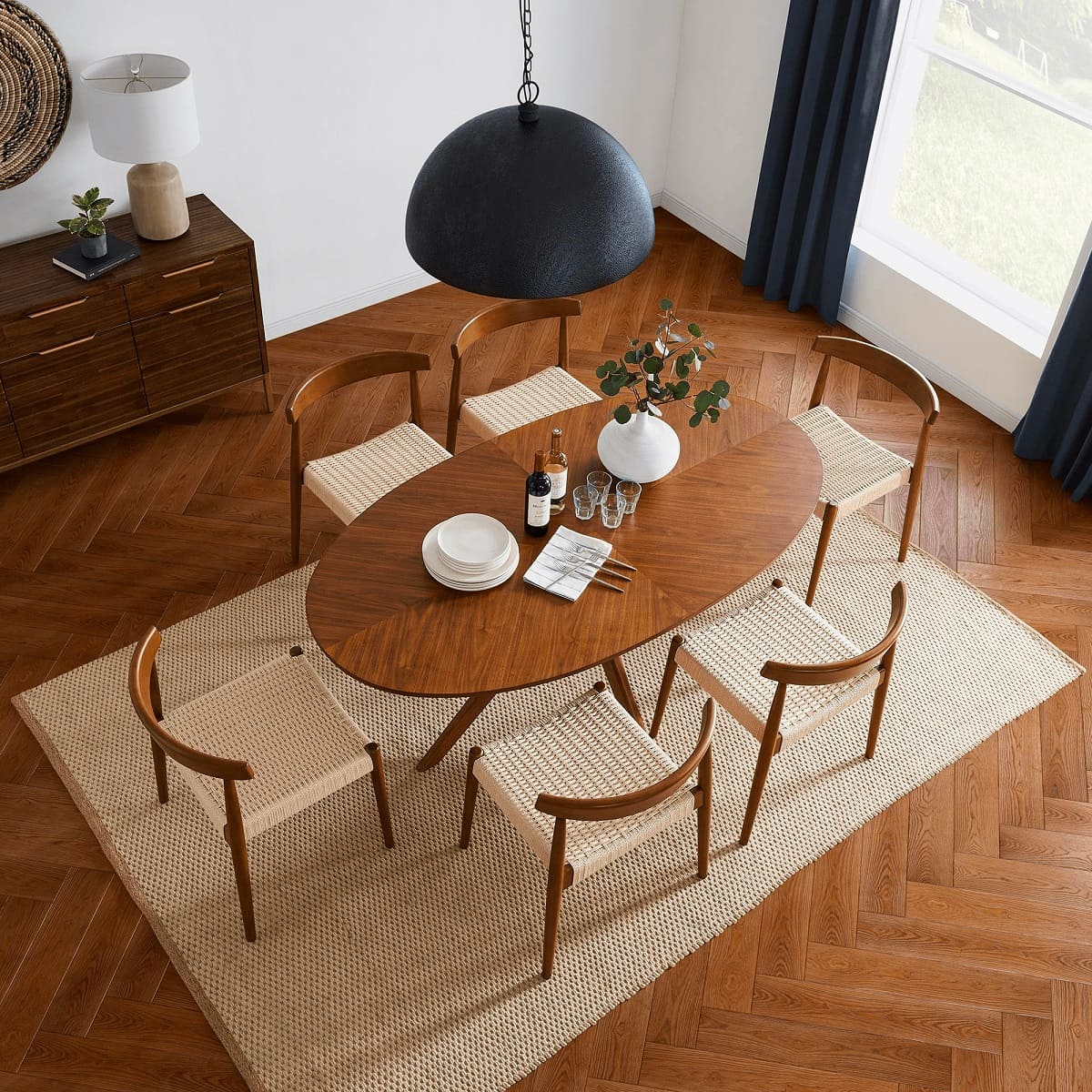
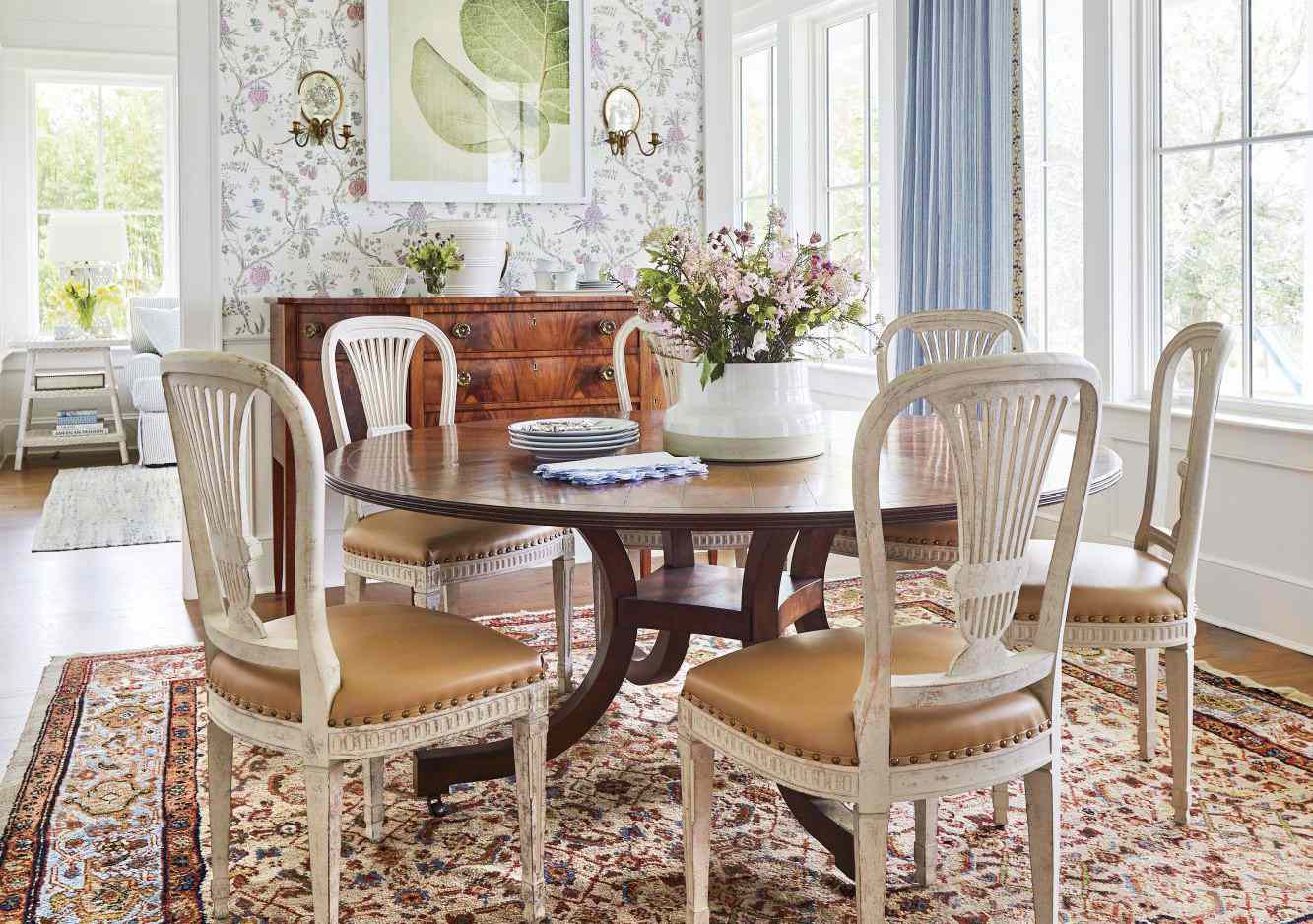
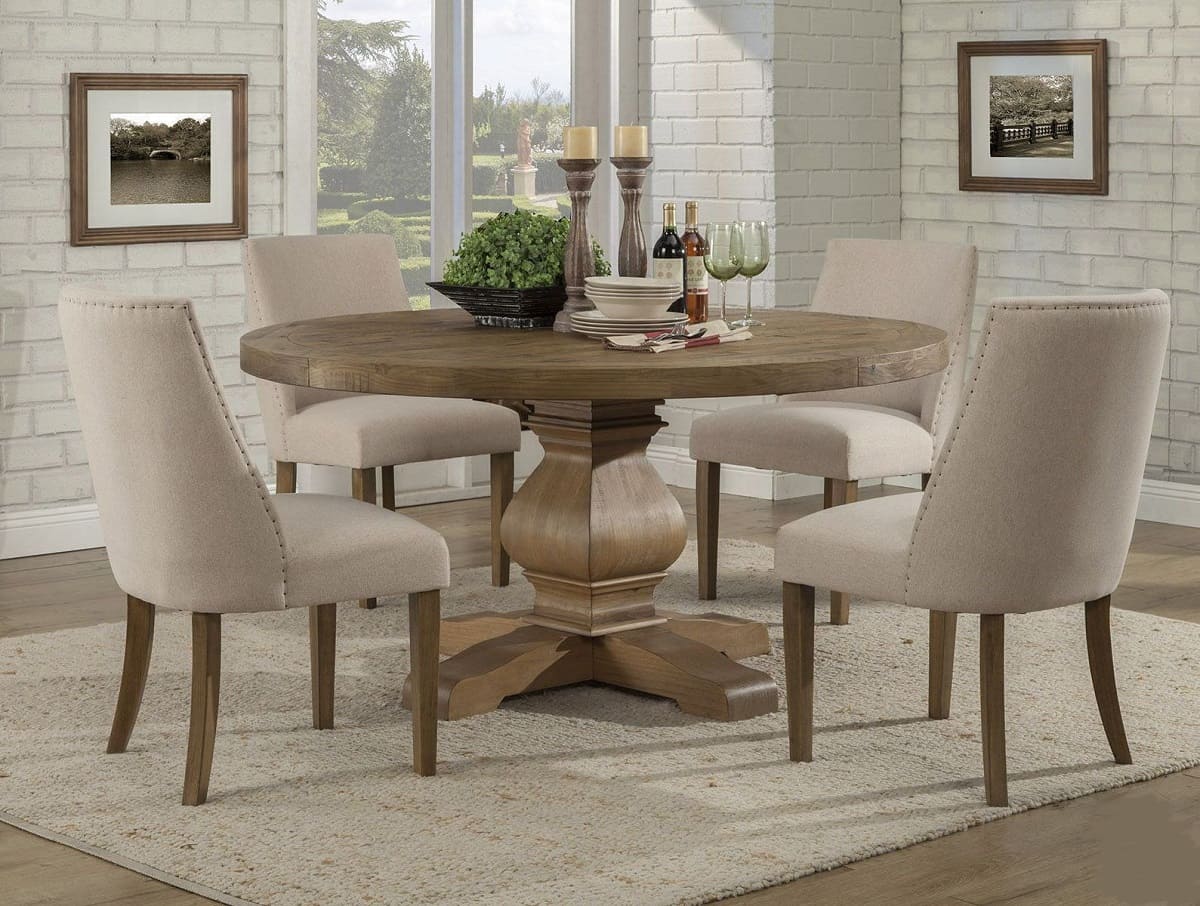
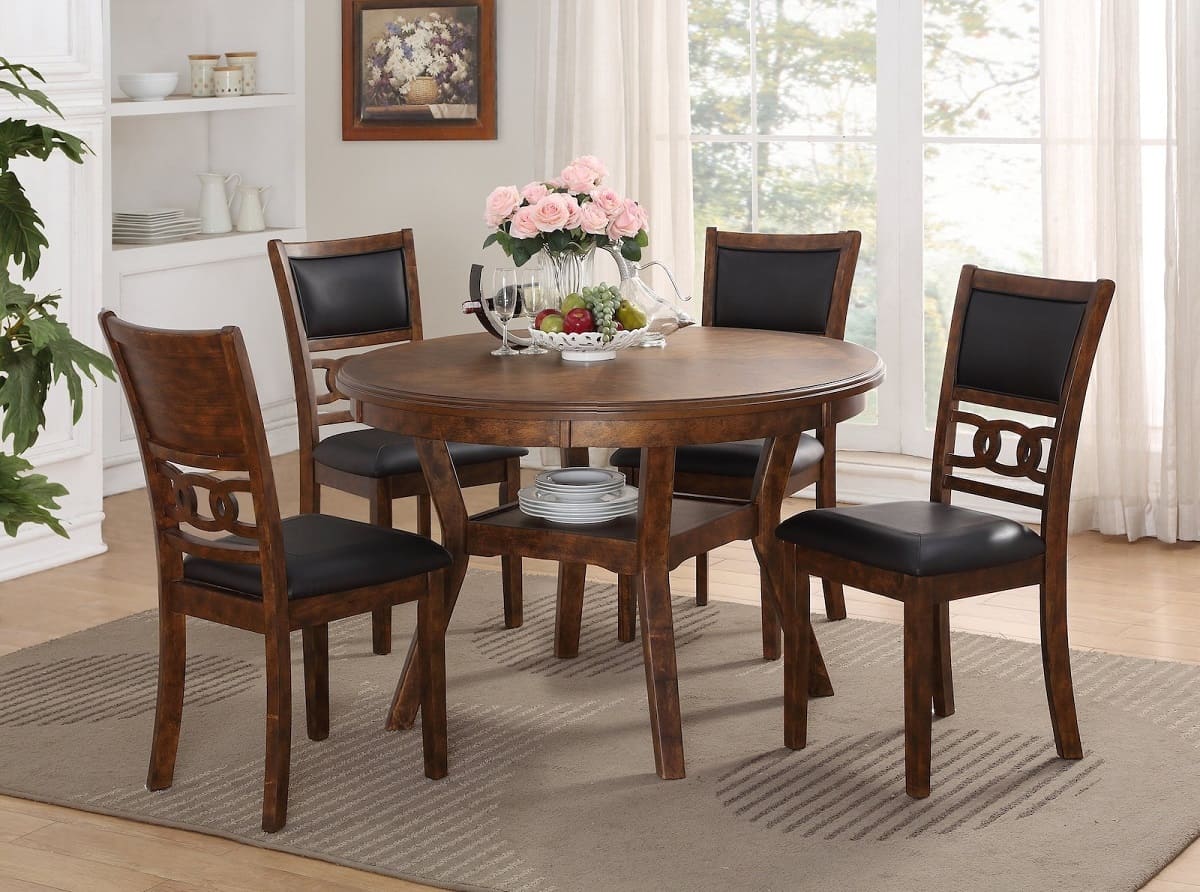
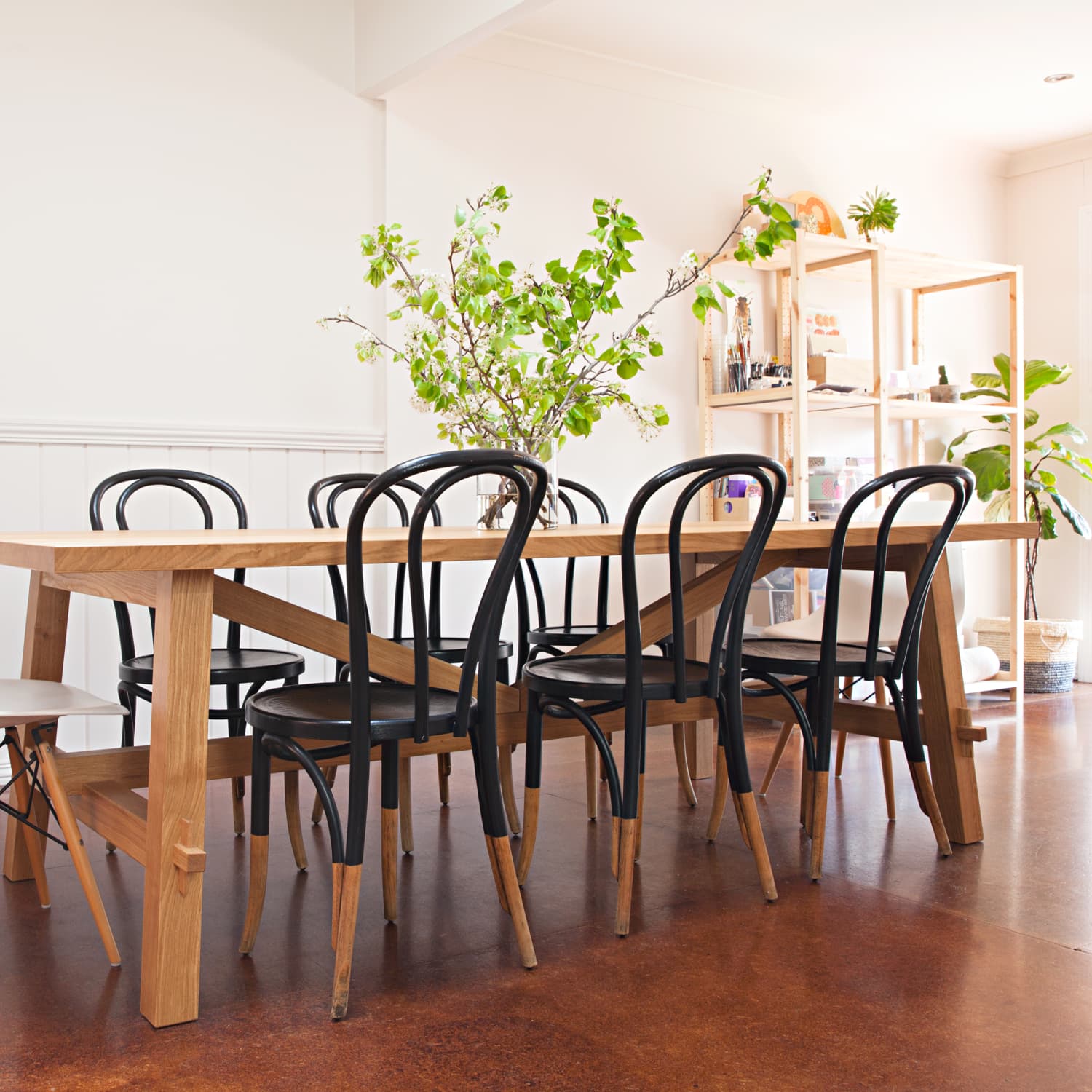
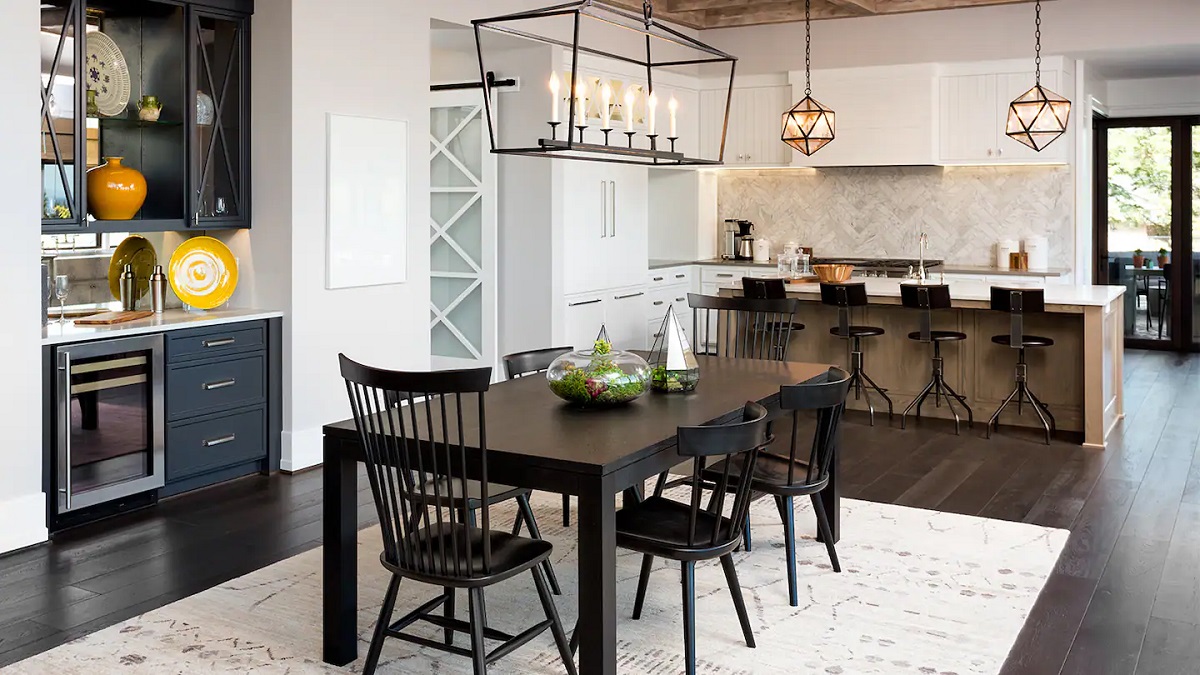
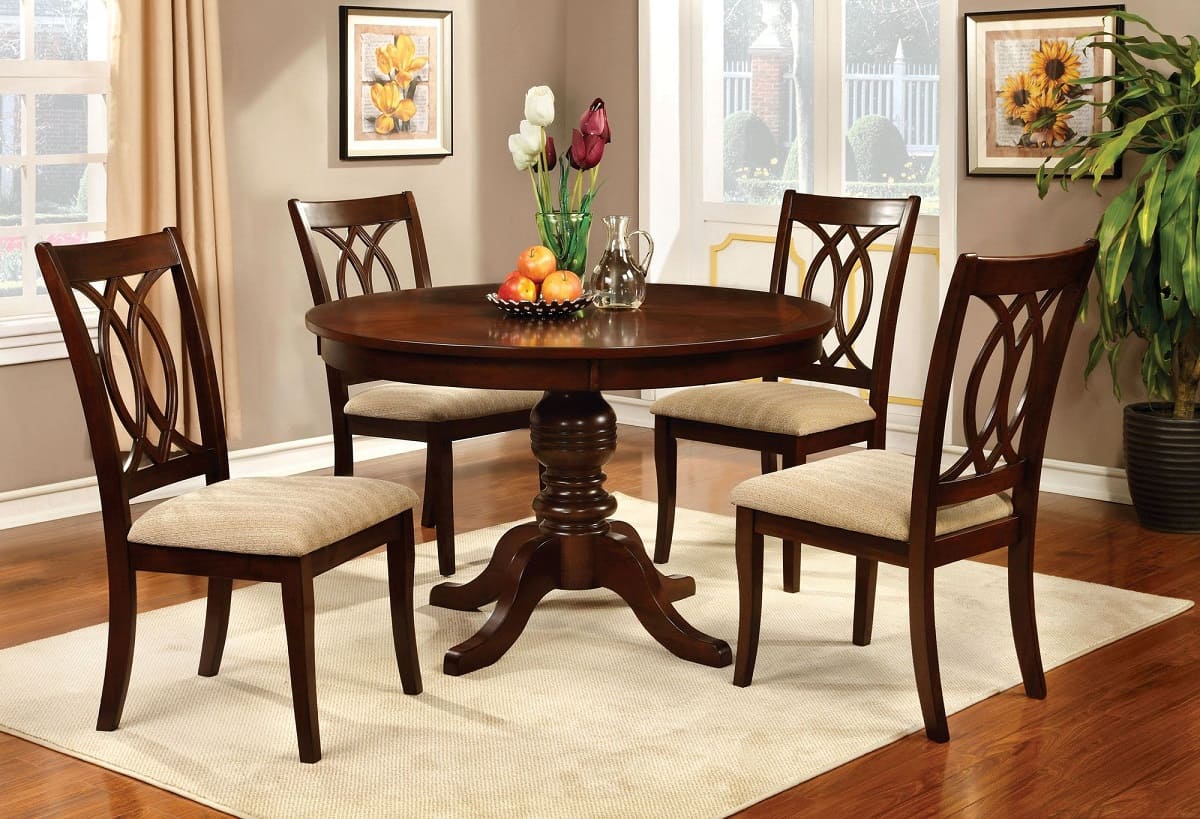
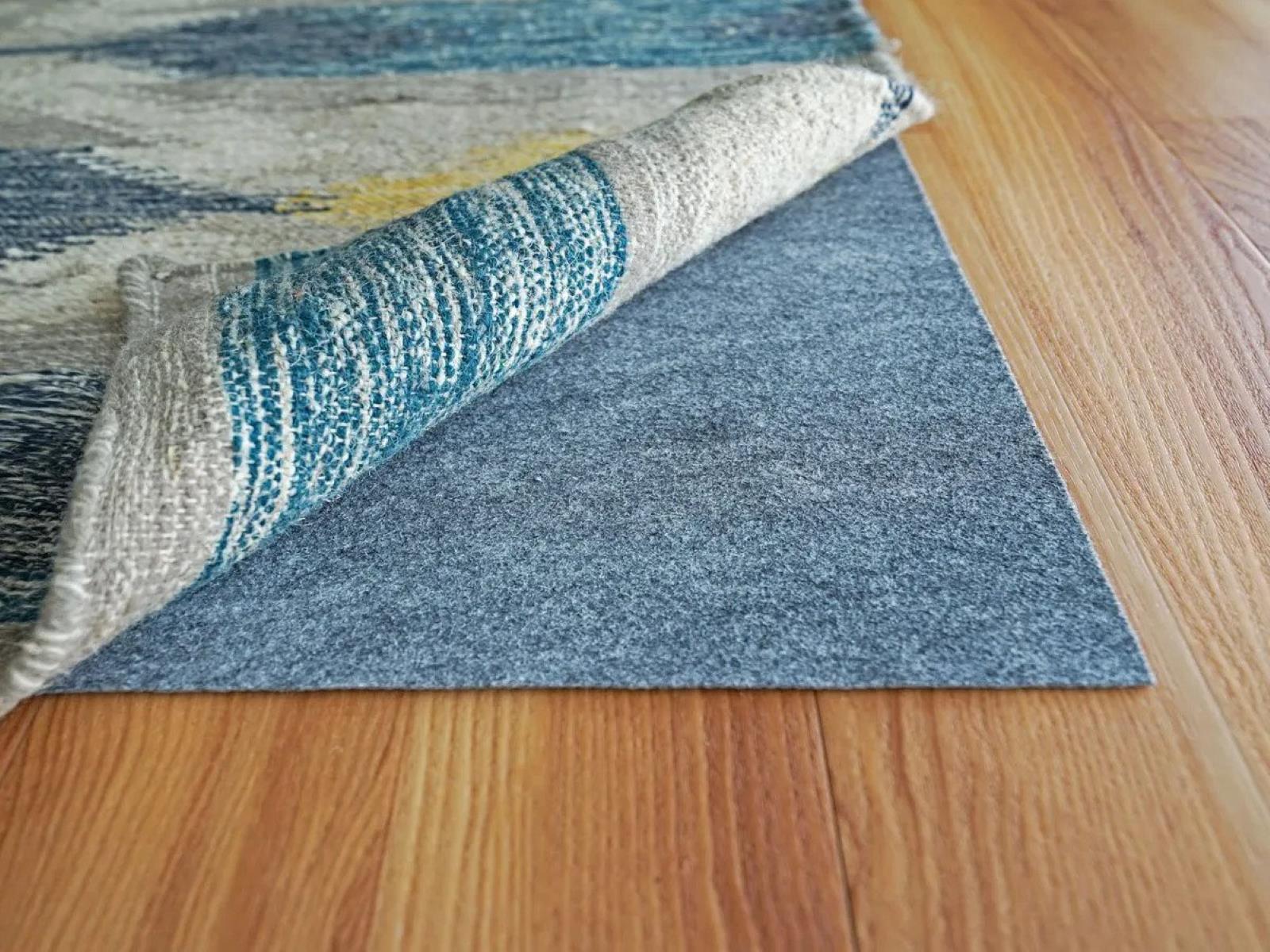
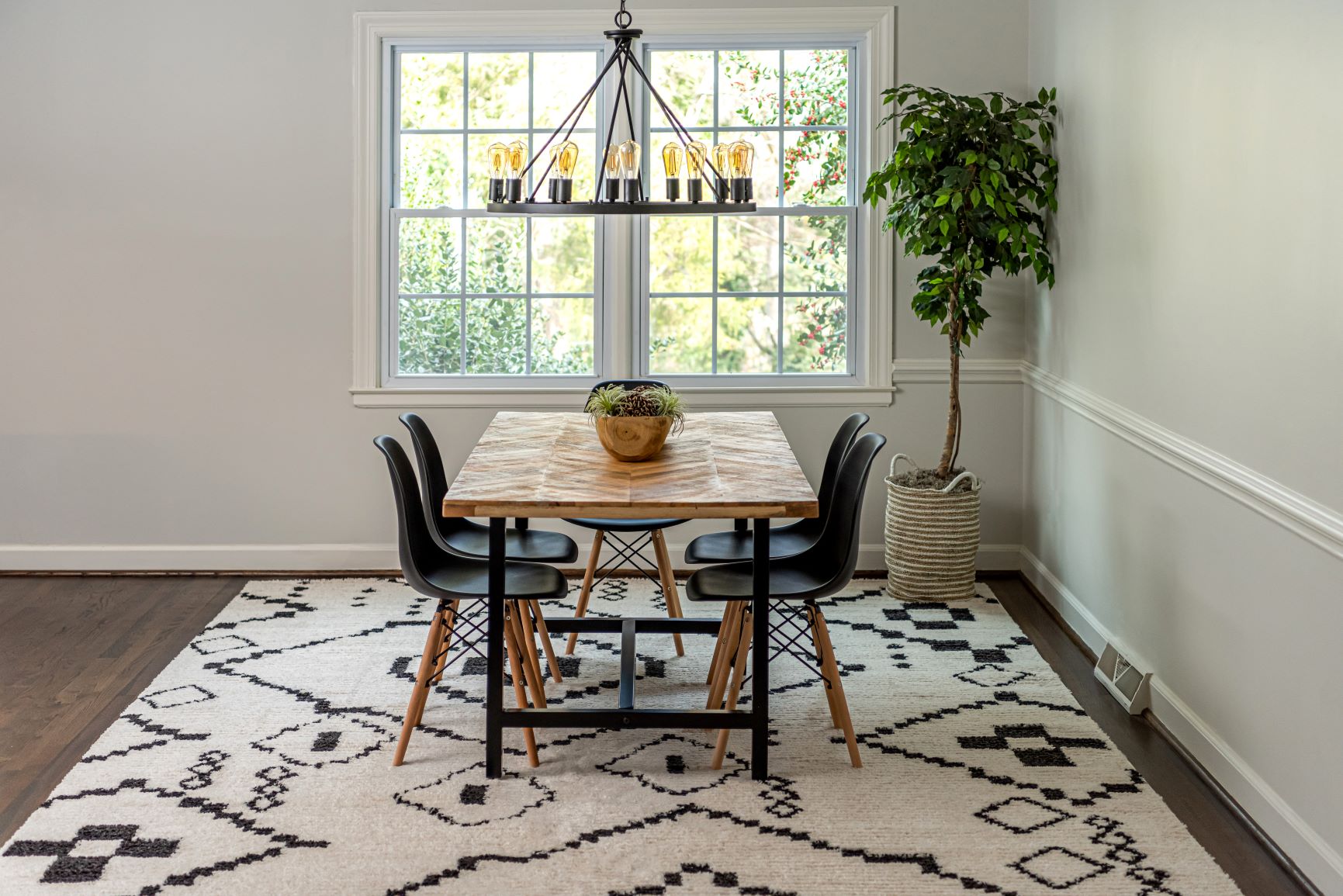

0 thoughts on “How To Put A Rug Under A Dining Table”